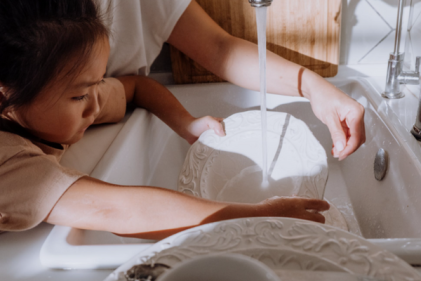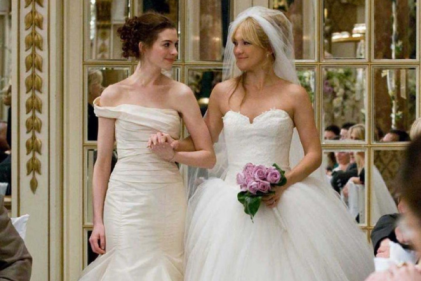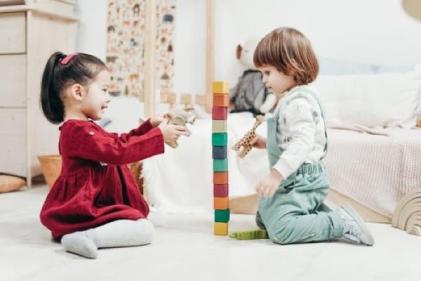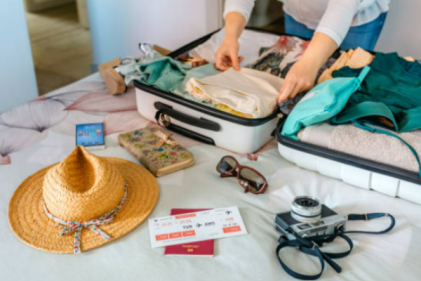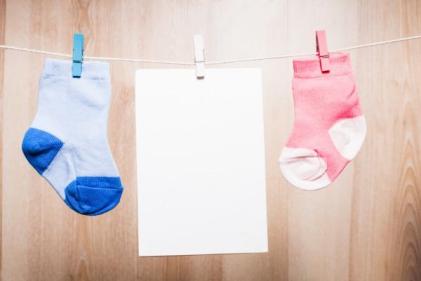Cuts, bruises and a few tears are the most likely dramas at playgrounds. Falls from playground can also lead to injuries.The most common injuries that happen at the playground are fractures and dislocations resulting from falls from equipment such as climbing frames, monkey bars and slides.Monkey bars are the most likely cause of injuries, although falls from slides, swings, trampolines and climbing frames are also common.The chance of an injury occurring is greater for preschoolers and primary-age school children, whose body strength and judgement are still developing. Toddlers also fall because they are top heavy.Although reasonably common, most injuries in the playground are not very serious and fatal incidents are very rare.
Having fun and being safe
To avoid your little one getting bumps and bruises at the playground, it’s best to keep a close eye and to play with your child. This can also be lots of fun.
Tips for preventing accidents
Buckling your child into the swings will mean he is far less likely to fall out. Try to keep close watch on your older child if she’s swinging from the monkey bars as that is where she is most likely to fall. Encourage your child to attempt monkey bars when she has developed the upper body strength to support her own weight and is tall enough to reach the bars on her own.
Don’t scare your child too much as you don’t want her to develop a fear, but try to steer your child away from the following activities. They all come with a pretty high risk of dangerous falls:
- Climbing on top of the monkey bars
- Jumping from the top of the slide or climbing frame
- Standing on swings
- Sliding head-first down slides or tubes
- Sitting on or climbing over guardrails or barriers
- Running down slides.
Trampolines
Trampolines are wonderful fun and kids just love them, but they are also a common source of injuries. Here are some basic safety tips which can go a long way:
- Always supervise your child when using a trampoline.
- Preferably wait until your child is older than six before getting a trampoline.
- Try to ensure that your trampoline has safety pads to cover the frame and springs. Better yet, look for one with a safety net installed around the sides.
- Whether it’s old or new, it’s important to keep your trampoline well sprung and in good condition at all times.
- Create a safe, clear area of 2.5m around the trampoline with a soft surface, such as grass, just in case your child falls.
Teach children the following guidelines for safe trampoline use:
- Jump in the centre of the mat
- Only one kid at a time
- Jump with bare feet (no shoes)
- Only use the trampoline when the mat’s dry
- Keep toddlers away when the trampoline’s in use
- Avoid somersaults, because these can cause neck and spinal injuries
Read more: Outdoor play


